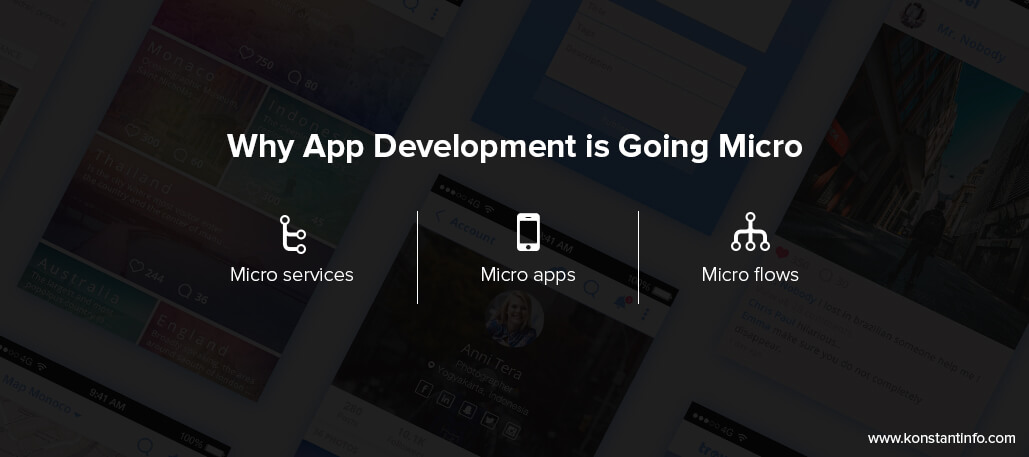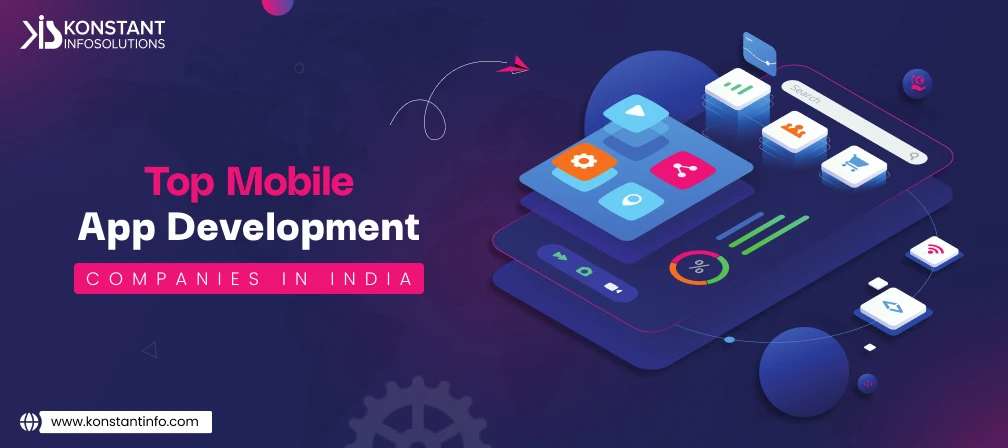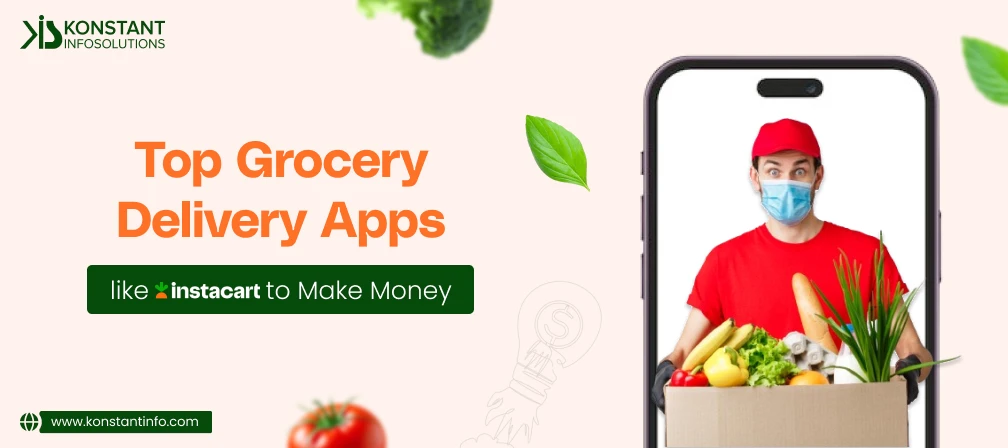
Micro – what does that word mean? Simply tiny in size, small in quantity and compact in references. Yeah?! So what do we mean when we say that app development is going micro. Well, to understand this better let’s first recognize what is ‘not micro’.
Let’s do it this way – in the recent past we have seen a lot of new technologies and supporting resources coming in, causing a lot of development congestion to gush up ever complicated architectures, ever heftier plug-ins and sluggish development systems – making the apps go unnecessarily bloated and unduly expensive. Now, this trend served as a mounting threat to the very existence and purpose of app development – quite to an extent that distressed and in some cases plagued attempts with building a solution.
Flash-forward! Now, to sideline this long-held phenomenon, app scientists and development forces analogously worked on parallel possibilities and solutions that are lean, quick and simple in nature. Thus, the name, Micro!
The idea behind micro app development is to promote and facilitate simplified and minimalist ways to address complex problems. Towards the product front, it approves more of integrating facilities and factors that support ideating, planning, collaborating and executing apps with intuitive interfaces and even and smooth flows for users to easily and effectively interact with the app.
Here we have the app development systems and practices that predominantly support the idea are based on three micro components – Micro services, Micro apps and Micro flows.
Micro services
Leaving behind the heavyweight, top-down architectures such as CORBA/IIOP that required to follow enterprise-wide protocols, Micro services feature self-contained facility to be operated through autonomous control performing dedicatedly on one operation at a time. Micro services endorse and emphasize incredibly easy ways to create, deploy and share knowledge and resources in the app development ecosystem. Besides, presenting easy methods and protocols for apps to organically communicate with services and components – micro services allow enterprises, vendors and developers to comprehend and utilize ways to explore opportunities to build sources and let users have the new generation of apps.
Micro apps
Today you have got an app for everything. Just think of any activity you do daylong and you have an app for it. Well, there are apps because there are users and vice-versa. And this sequence goes on to continue to create more apps, per-utility per-user. This trend leads to retention-crisis and makes users disclaim their constancy with an app for long. This further makes vendors stuff their apps with piles of features to sustain the competition. Which actually makes the app complicated and bloated.
Trashing this trend, Micro apps come with intelligent and context-aware features that address minimum viability quotient offering leanly addressed whole-elements of optimal user essentials, compliantly serving them with a single-purpose discreet app. Good examples are Slack and Facebook Messenger bots to Google’s collaborative answer desks, such as flights and restaurants. Now you get it – the apps that do one thing really well!
Micro flows
Against the traditionally raised multi-step, machine-to-machine business process management that relied on system of record, Micro flows follow a single-step, human-to-machine process that integrates existing systems. Micro flow supporting tools help to replace the expensive and slothfully conventional Business Process Management (BPM) tools to approve new apps of the value that defines their reach to the new age user. Besides providing a compact flow to the app resources to synthesize process components to effectively and timely interact within to accomplish tasks, Micro flows provide rich, interactive HTML interface that let users interact with back-end systems more easily and confidently. So that users can go past complex and bulky legacy system flows and seamlessly interact with a streamlined system driven by one unified interface.



A marketing graduate, a deemed strategist, a sure geek - Tushar is a fine blender of the art and science of writing. When it comes to tune up content with commerce, he knows the trick. For him, if words don’t make you think and beat, they are not worth your time. A crazy foodie, an unfailing jogger – that’s him off the desk!
Or send us an email at: [email protected]